1. Cereal Boxes
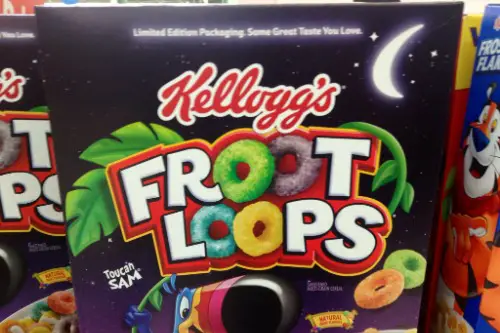
Your favorite breakfast cereals have quietly been getting smaller over time, even though you’re still paying the same price, or sometimes more. Boxes of cereals like Cheerios, Kellogg’s Cornflakes, and Cinnamon Toast Crunch have been shrinking, often by several ounces, The Guardian reports. For example, a typical box of cereal that used to contain 20 ounces may now contain only 18.7 ounces, all while the price has stayed the same or even increased.
Manufacturers argue that the smaller sizes reflect rising production costs, but it’s also a tactic to maintain their profit margins. For many consumers, it’s not just about a smaller box – it’s about how the smaller amount affects the overall cost per serving. This means you’re getting fewer servings for the same price, making it feel like you’re paying more to fill your bowl. As grocery prices rise, this reduction in size is one of the most visible ways shrinkflation impacts your breakfast routine.
2. Ice Cream Containers
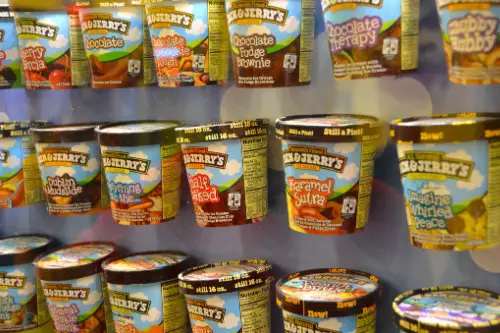
You’ve probably noticed that your favorite tub of ice cream doesn’t seem as full as it used to be. Many brands have reduced their ice cream containers from 1.5 quarts to 1.4 quarts or even smaller, while the price often remains the same or increases, according to CBS News. This means you’re getting less ice cream for your money, even though you might still pay the same price at checkout. For brands like Haagen-Dazs and Ben & Jerry’s, the change may not seem huge, but it’s a sign of the bigger trend of downsizing packaging across the board.
Part of the reason behind this reduction is the cost of ingredients, which have risen significantly in recent years. It’s especially noticeable for premium ice cream brands, where consumers expect high-quality ingredients. Smaller tubs also mean less shipping weight, helping manufacturers offset rising transportation costs. So while it might not feel like a big difference at first, the smaller sizes add up over time, especially for frequent ice cream buyers.
3. Potato Chips Bags
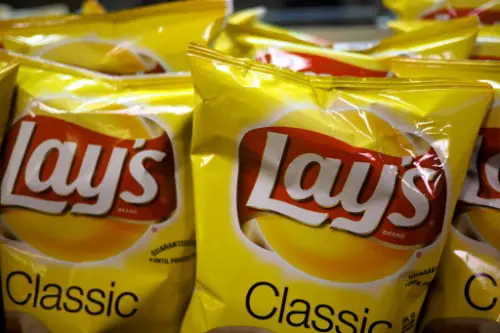
Potato chip lovers have definitely been feeling the pinch, with many brands shrinking their bag sizes over the past few years, according to CNN. Classic brands like Lay’s and Pringles have reduced their bag sizes, often going from 10.5 ounces to 9 ounces or even smaller. Meanwhile, the price per ounce has stayed the same or increased, which means you’re getting fewer chips for your buck. It can be frustrating, especially since these bags already had limited quantities to begin with.
One of the reasons for this downsizing is increased production costs, including higher prices for potatoes and labor. Additionally, the cost of packaging materials has also gone up, which puts pressure on manufacturers to make adjustments. While it’s disappointing to get fewer chips, these changes are a part of the larger trend of inflation affecting even the most iconic snack products. If you’re craving a bag of chips, you’ll want to keep in mind that you might have to buy more to satisfy your hunger.
4. Frozen Pizza
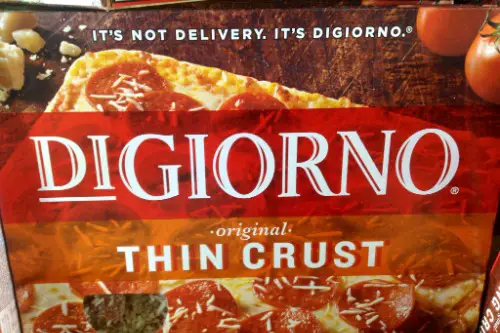
If you’re a fan of frozen pizza, you’ve probably noticed your favorite brand has become smaller in recent months, according to Tasting Table. Frozen pizzas that were once a generous 12 inches across are now often sold as 11 inches, or even 10.5 inches. And while the size of the pie has shrunk, the price has often remained unchanged, which means you’re paying the same or more for less pizza. This shrinking trend applies to many popular brands, including DiGiorno and Red Baron.
Manufacturers cite rising ingredient and transportation costs as reasons for the size reduction. Smaller pizzas also allow companies to better manage their supply chain, but that doesn’t make the change any less frustrating for consumers. Pizza lovers now find themselves reaching for a second pizza more often to feed the same number of people. It’s a reminder that even your weekend comfort food is being impacted by inflation.
5. Chocolate Bars
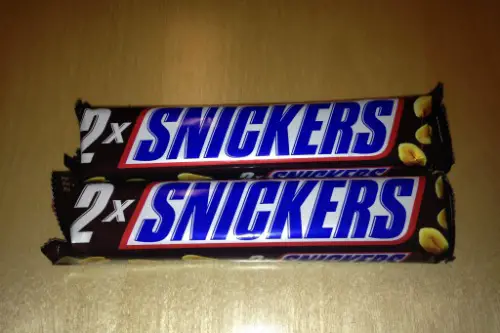
Chocolate bars, especially the classic ones like Hershey’s or Snickers, are another victim of shrinkflation, according to The Guardian. The standard 1.55-ounce Hershey’s bar has been trimmed down in some cases to just 1.4 ounces, while the price has stayed roughly the same or gone up. It’s a small but significant change that leads to paying more for less. These kinds of small reductions might not seem like a big deal on the surface, but over time, they can add up to a noticeable price difference.
The shift is a direct response to rising costs for cocoa, sugar, and manufacturing processes. In some cases, chocolate manufacturers have tried to maintain the same price point by using smaller packaging or thinner bars. As a result, you’re paying more for a bar that offers less satisfaction than it did a few years ago. So if you’re craving chocolate, be prepared for a smaller serving at a price that’s still hard to swallow.
6. Party-Size Reese’s Miniature Cups
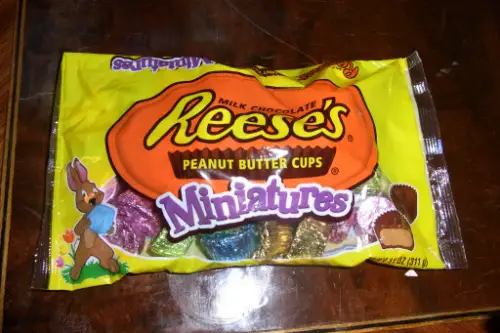
If you’ve picked up a party-size bag of Reese’s Miniature Cups recently, you might have noticed that it’s a bit lighter than before. The package size decreased by 11%, dropping from 40 ounces to 35.6 ounces. Despite this shrinkage, the price per ounce has surged by about 68.2%, making the cost of those peanut butter and chocolate treats much steeper. This means you’re paying more for fewer pieces of candy, which can add up quickly, especially if you’re a fan of this beloved snack.
The same trend has been seen in many other popular candy products, as companies find ways to deal with inflation and rising production costs. While you may still enjoy your Reese’s, you’re definitely getting less bang for your buck. Shoppers who don’t notice the size change might feel like they’re still getting the same deal, but the price hike is hard to ignore. For candy lovers, this is a classic example of shrinkflation creeping into everyday purchases.
7. Party-Size Rolo Chewy Caramels
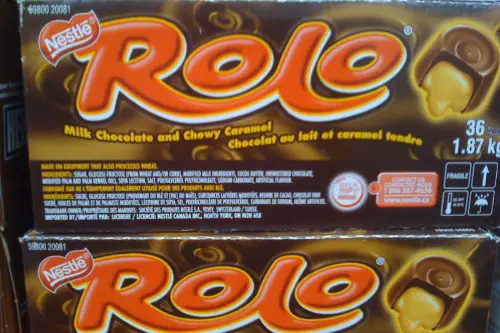
Rolo fans have also seen a reduction in the size of their favorite chewy caramel treats. The party-size bag, once 40 ounces, has now shrunk to just 35.6 ounces, a reduction of 11%. While this might seem like a minor change, the price hike is much more noticeable. The cost per ounce jumped by 68.2%, meaning you’re paying more for the same amount of candy.
The shrinking size of Rolo bags is part of a larger pattern where candy manufacturers are decreasing product volume while keeping prices high. It’s a bit frustrating for consumers who may not realize the product has shrunk until they go to grab a handful. This trend affects both big and small brands, with many adjusting their package sizes to maintain profit margins. If you’re hoping to stock up on Rolo for a party, keep an eye on the new smaller packages and the higher prices that come with them.
8. Granola Bars
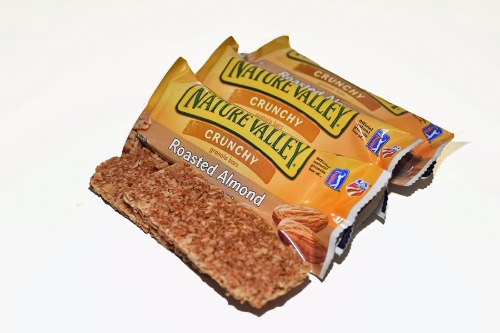
Granola bars, once a reliable snack, have started shrinking in size, particularly with well-known brands like Nature Valley. The once generous 1.6-ounce bars are now frequently smaller, with some dropping to just 1.2 ounces. As these bars shrink, consumers are seeing the cost per ounce creep up as well, making each bite a little more expensive. While they may still seem like a convenient snack, you’re getting less for your money.
The shrinkage of granola bars can be linked to increased ingredient costs, particularly for oats and sweeteners, which have seen price increases. Manufacturers have also faced higher shipping and packaging costs, contributing to the decision to reduce the size. For those who depend on granola bars for a quick breakfast or midday snack, these smaller portions may leave you reaching for a second bar more often. This shift makes it clear that even simple snacks aren’t immune to the impacts of shrinkflation.
9. Pasta Boxes
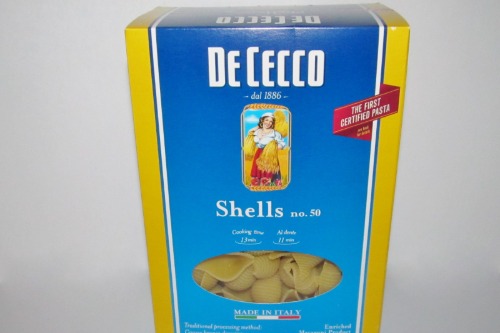
Pasta, the pantry staple, has been shrinking in some packages without a corresponding drop in price. A typical box of pasta, once 16 ounces, has started to appear in smaller sizes, like 14.5 ounces. While this isn’t a massive decrease, it does mean you’re getting less pasta for the same price. For large families or anyone who cooks pasta regularly, this can be especially frustrating.
The reduction in pasta size is primarily due to rising costs for wheat and energy, two key ingredients in pasta production. This allows manufacturers to keep prices the same while dealing with the increase in overhead costs. Consumers may not notice the difference until they’re making dinner, and that’s when the smaller portion size becomes apparent. If you find yourself needing more pasta, be prepared to buy additional boxes to meet the same needs.
10. Laundry Detergent
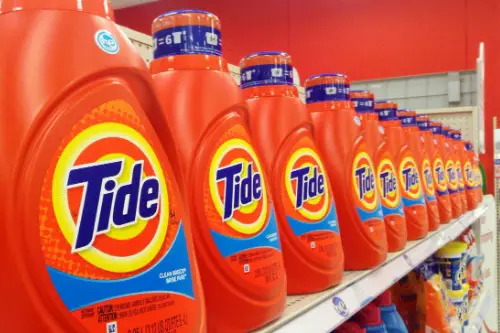
Laundry detergent is another product that’s been shrinking in size, but the prices remain stubbornly high. Many detergent brands have reduced the size of their bottles, with the standard 100-ounce bottle shrinking to 92 ounces or less. While this change may seem subtle, it’s another example of shrinkflation that can be frustrating for consumers. You might not realize how much you’re paying per load until you take a closer look at the price per ounce.
Rising ingredient and packaging costs have led many companies to reduce the size of their bottles while maintaining the price. Smaller bottles also help brands manage shipping costs, as they’re lighter and easier to transport. Unfortunately, this also means you’re getting fewer loads of laundry for your money. If you’re someone who relies on bulk buying, it’s worth checking the size and price before making your next purchase.
11. Yogurt Cups
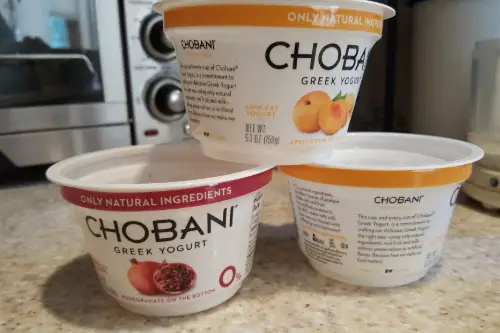
Yogurt cups, particularly the popular single-serve varieties, have also been shrinking in recent years. Many brands, including Yoplait and Chobani, have reduced their yogurt cups from 6 ounces to 5.3 ounces or even 5 ounces. While the difference seems small, it’s another example of shrinkflation creeping into daily products. The price, however, remains high or has increased in many cases, meaning you’re paying more for less yogurt.
The shrinking size of yogurt cups is largely driven by rising dairy costs, which have affected manufacturers across the board. Smaller servings also help with portion control, which can appeal to consumers who want fewer calories. However, for those who buy yogurt in bulk for their families, this shrinkage is certainly noticeable. As the price per ounce increases, it’s clear that yogurt is no longer the affordable snack it once was.
12. Frozen Vegetables
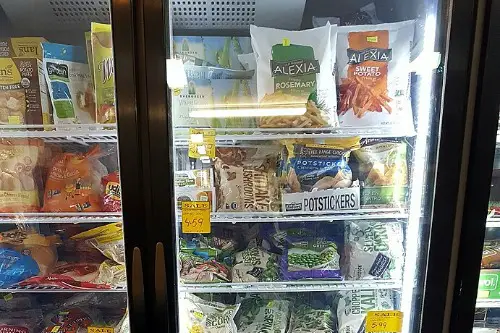
Frozen vegetables, a staple in many households for quick meals, have also been getting smaller in size. Brands like Green Giant have reduced their frozen vegetable bags from 16 ounces to 12 ounces, or even 10 ounces in some cases. While the price hasn’t gone down, the reduction in volume means you’re getting fewer vegetables for the same price. For shoppers trying to eat healthier without breaking the bank, this can be a real disappointment.
Manufacturers claim that the reduction in size is a response to rising agricultural and labor costs. Additionally, smaller bags are often easier to manage and store in consumers’ freezers, which could be why some companies have embraced the change. While frozen vegetables remain a convenient option, you’re likely to need more bags to feed the same number of people. This shift highlights how even the most basic food items are being affected by broader economic trends.


